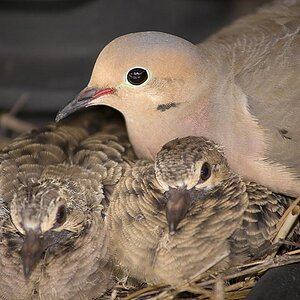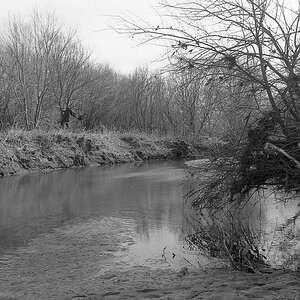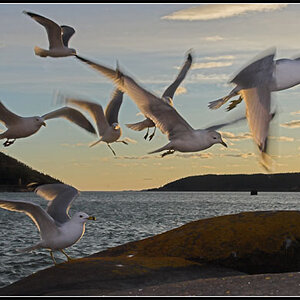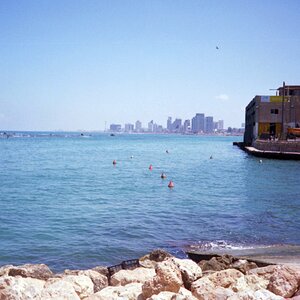- Joined
- Jul 3, 2004
- Messages
- 3,714
- Reaction score
- 531
- Location
- Here N There
- Website
- img24.photobucket.com
Two questions: first of all, are shutters and mirrors the same thing?
1. On SLR camera, the mirror reflects the image to the view finder, at the same time the shutter keeps light out from the film. When you hit the trigger, the shutter opens and the film is exposed.
For DSLR, the mirror still exists in order to reflect the image to the prism and view finder, however, do image sensors need mechanical shutters? Are they electronically activated or some sort?
2. I always hear about long exposure draining battery. I use SLR and I've never had problem with low battery even when taking long exposures. So what's the relationship between shutters and battery drainage? How is this different for DSLRs?
1. On SLR camera, the mirror reflects the image to the view finder, at the same time the shutter keeps light out from the film. When you hit the trigger, the shutter opens and the film is exposed.
For DSLR, the mirror still exists in order to reflect the image to the prism and view finder, however, do image sensors need mechanical shutters? Are they electronically activated or some sort?
2. I always hear about long exposure draining battery. I use SLR and I've never had problem with low battery even when taking long exposures. So what's the relationship between shutters and battery drainage? How is this different for DSLRs?


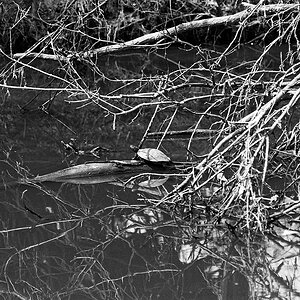


![[No title]](/data/xfmg/thumbnail/32/32168-fd80621d6068dd5050eb33595e34e6cf.jpg?1619735234)
